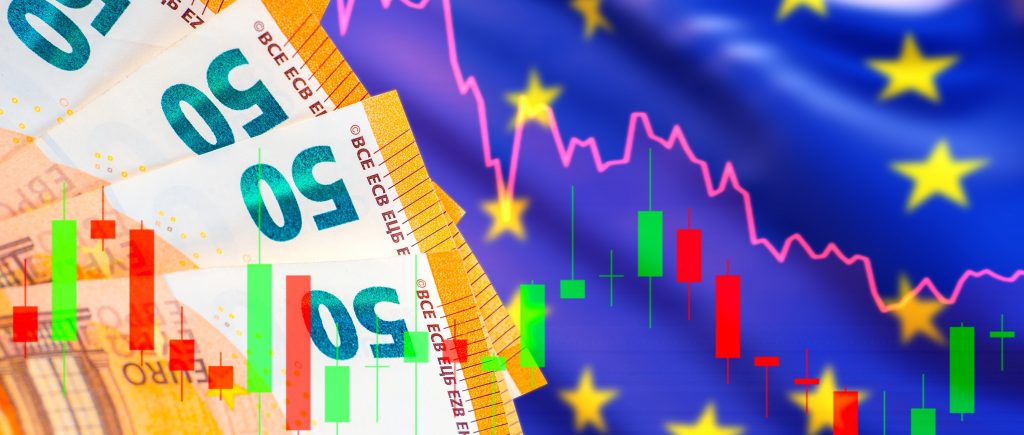The euro faced mounting pressure as the Eurozone’s economic outlook darkened, with the ZEW Economic Sentiment Index plunging to a concerning low. The EUR/GBP currency pair, trading steadily around 0.8644 during the North American session, reflected the market’s cautious response to the Eurozone’s deteriorating confidence, overshadowed by trade tensions and sluggish growth, particularly in Germany. Despite a softer U.S. inflation report providing indirect support through EUR/USD gains, the euro’s trajectory remains tethered to the Eurozone’s weakening fundamentals, setting the stage for potential volatility.
The ZEW Economic Sentiment Index for the Eurozone, released on August 12, 2025, at 09:00 GMT, dropped sharply to 25.1 from 36.1 in July, falling below market expectations of 28.1. This significant decline highlights deepening pessimism among institutional investors, with 55.9% anticipating stagnant economic activity, 34.6% expecting improvement, and 9.5% foreseeing further deterioration. The Eurozone’s economic fragility was most evident in Germany, where the ZEW index plummeted from 52.7 to 34.7, missing forecasts of 40.0. This downturn was driven by disappointment over the EU-U.S. trade deal, which imposed a 15% baseline tariff on EU exports and a 50% levy on steel and aluminum, alongside Germany’s modest 0.4% GDP growth in Q2 2025, which masked structural challenges in sectors like automotive and chemicals. The Eurozone’s Current Situation Index also fell 7 points to -31.2, reinforcing the region’s economic struggles.
The euro’s performance was further complicated by global monetary dynamics. U.S. inflation data for July, showing a headline rate of 2.7% year-on-year (below the expected 2.8%) and core inflation at 3.1% (above forecasts), solidified a 90% market expectation for a Federal Reserve rate cut in September. This weakened the U.S. dollar, pushing EUR/USD to 1.16737, which lent modest support to EUR/GBP. However, the Eurozone’s bleak ZEW data capped the euro’s gains, keeping EUR/GBP range-bound as traders assessed the broader implications of the region’s economic slowdown.
Technically, EUR/GBP shows signs of consolidation after reaching an eight-day low of 0.8618. A bullish hammer pattern indicates fading selling momentum, with the pair holding above 0.8640 and targeting the daily high of 0.8654. A sustained break above this level could challenge the 20-day simple moving average at 0.8676, potentially eyeing 0.8700. Conversely, a drop below 0.8600 could expose the 100-day simple moving average at 0.8538, signaling a deeper pullback driven by Eurozone weakness.
The Eurozone’s economic challenges, underscored by the ZEW index’s sharp decline, are compounded by the European Central Bank’s cautious stance. After pausing rate cuts in July at a 2% Deposit Facility Rate, markets are closely watching for signs of renewed easing in September, which could further pressure the euro. The region’s reliance on exports, strained by trade barriers and uneven recovery, continues to undermine investor confidence, making the euro vulnerable across major pairs.
In conclusion, the Eurozone’s faltering economic sentiment, as captured by the August 12 ZEW data, casts a shadow over the euro’s outlook, keeping EUR/GBP subdued near 0.8644. While external factors like U.S. dollar weakness offer some relief, the euro’s path hinges on forthcoming Eurozone data and ECB policy signals. Traders should focus on key technical levels and economic releases, as these will likely determine whether the euro can overcome the Eurozone’s mounting headwinds in this volatile forex landscape.

 Noor Trends News, Technical Analysis, Educational Tools and Recommendations
Noor Trends News, Technical Analysis, Educational Tools and Recommendations




